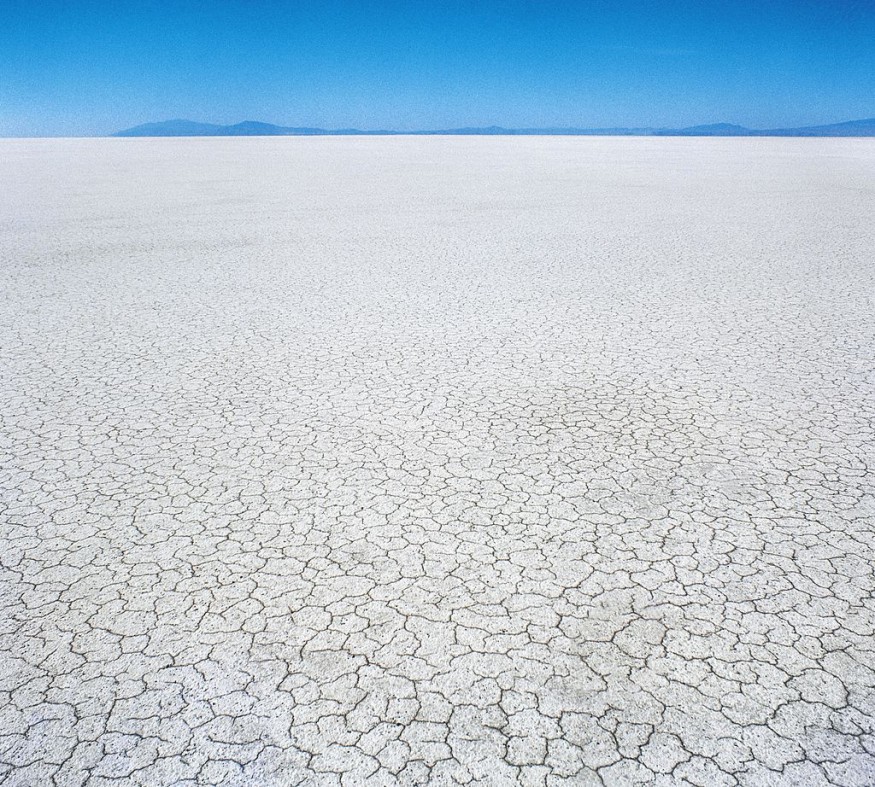
Salt Lake City is a city in Utah where you can find the Great Salt Lake where silvery blue waters stretch over the Utah desert, covering an area almost the size of Delaware during much of history.
However, the biggest natural lake west of the Mississippi River has been decreasing for years. And, with a drought sweeping the American West, this year might be the worst yet.
The lake's vibrant hues are caused by the fact that Great Salt Lake is hypersaline, meaning it is saltier than the ocean, and the high salinities sustain a variety of plants and animals that influence the light-absorbing properties of the water.
Salinities are greater north of the causeway, and the water becomes red due to the pigments of halophilic bacteria. Earthen dikes indicate huge salt evaporation works in the lake's deeper edges, which take on jewel tones of turquoise, russet, amber, and pearl white.
What is Happening to the Great Salt Lake?
The Aral Sea was formerly the world's fourth biggest lake in terms of surface area. It began to decrease dramatically when rivers flowing into the central Asian salty lake were redirected to irrigate farmland.
The same thing might be occurring to Utah's Great Salt Lake, which is eight times saltier than the ocean in certain areas. In November 2016, the inland sea reached its lowest level making in the worst drought in history, containing only half the water it did in 1847.
Human utilization of water was revealed to be the cause of the lake's decrease, according to the research. It adds weight to environmentalists' continuous requests to limit diversions from the lake's input rivers, which provide water to agriculture and millions of people.
Also read : Rattlesnakes Everywhere! California's Severe Drought is Forcing Rattlesnakes Out of Their Habitat
The Effects of Droughts on Wildlife
The NASA photos depict changes in the Great Salt Lake's Farmington Bay basin, which is home to a varied range of animals, including migratory birds. Reduced water levels in the Bay not only have an impact on the ecosystem of the area, but they may also divert bird populations that travel to the basin for food.
According to Wayne Wurtsbaugh, a watershed sciences researcher at Utah State University, "Farmington Bay is an important feeding area for migratory shorebirds and waterfowl. Even at this low level, it is still significant, but its worth has been lowered due to its significantly reduced size."
From 2011 to 2016, NASA satellite photos illustrate changes in the Farmington Bay basin. Scientists estimate that more than three-quarters of the lakebed is now exposed in the bay, reducing the food available to animals substantially.
According to a new research, the Great Salt Lake has shrunk by 39% since the mid-nineteenth century. More conservation measures would entail more conservation efforts, particularly for agricultural irrigation, according to Wurtsbaugh. Even with conservation measures and more environmentally aware construction, the lake may continue to shrink as a result of climate change, according to the experts.
"A wild card for the fate of the lake is what global climate change may do to the basin,"
"Warmer air temperatures are projected to lower runoff, but our data shown in the white paper suggests there haven't been climate change effects on the runoff yet." Wurtsbaugh said.
© 2025 NatureWorldNews.com All rights reserved. Do not reproduce without permission.





